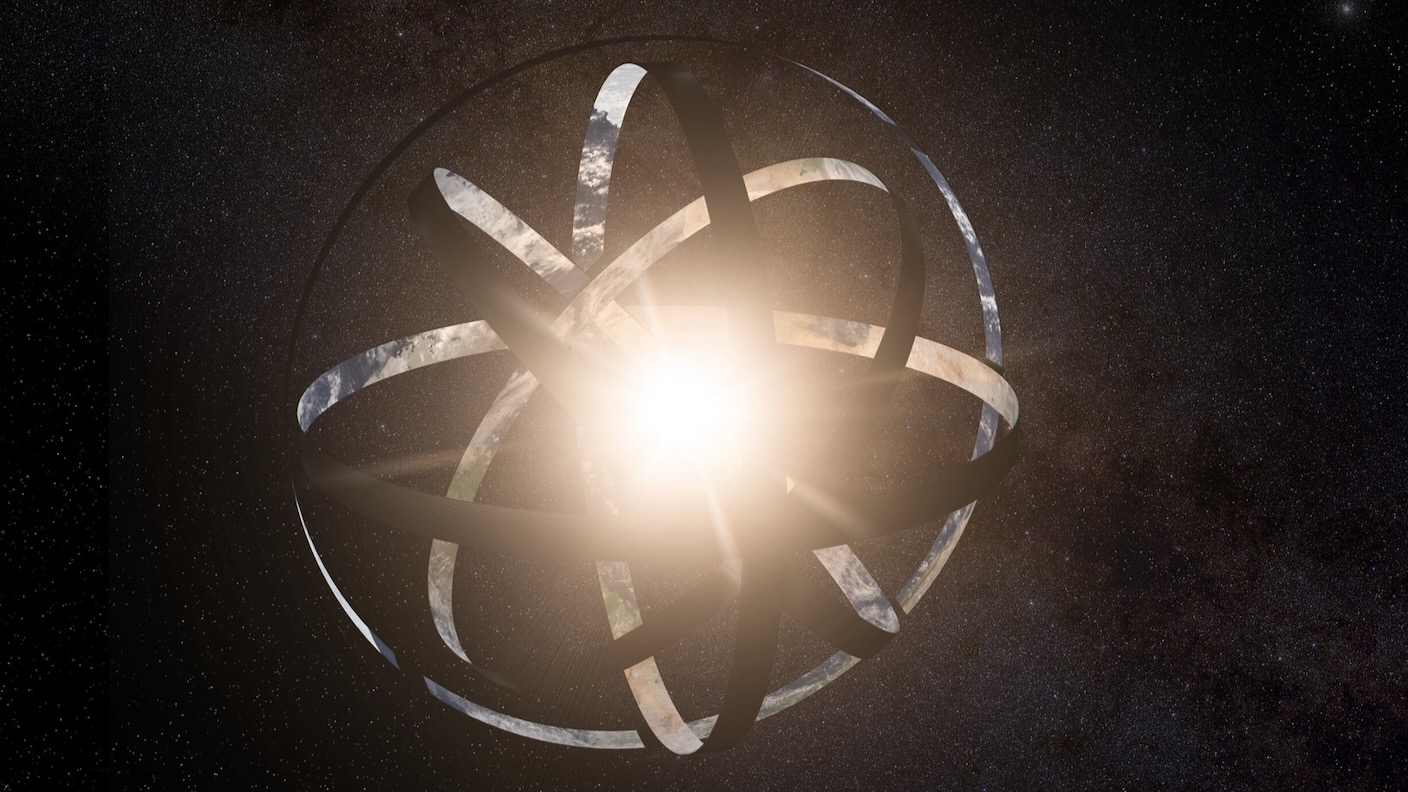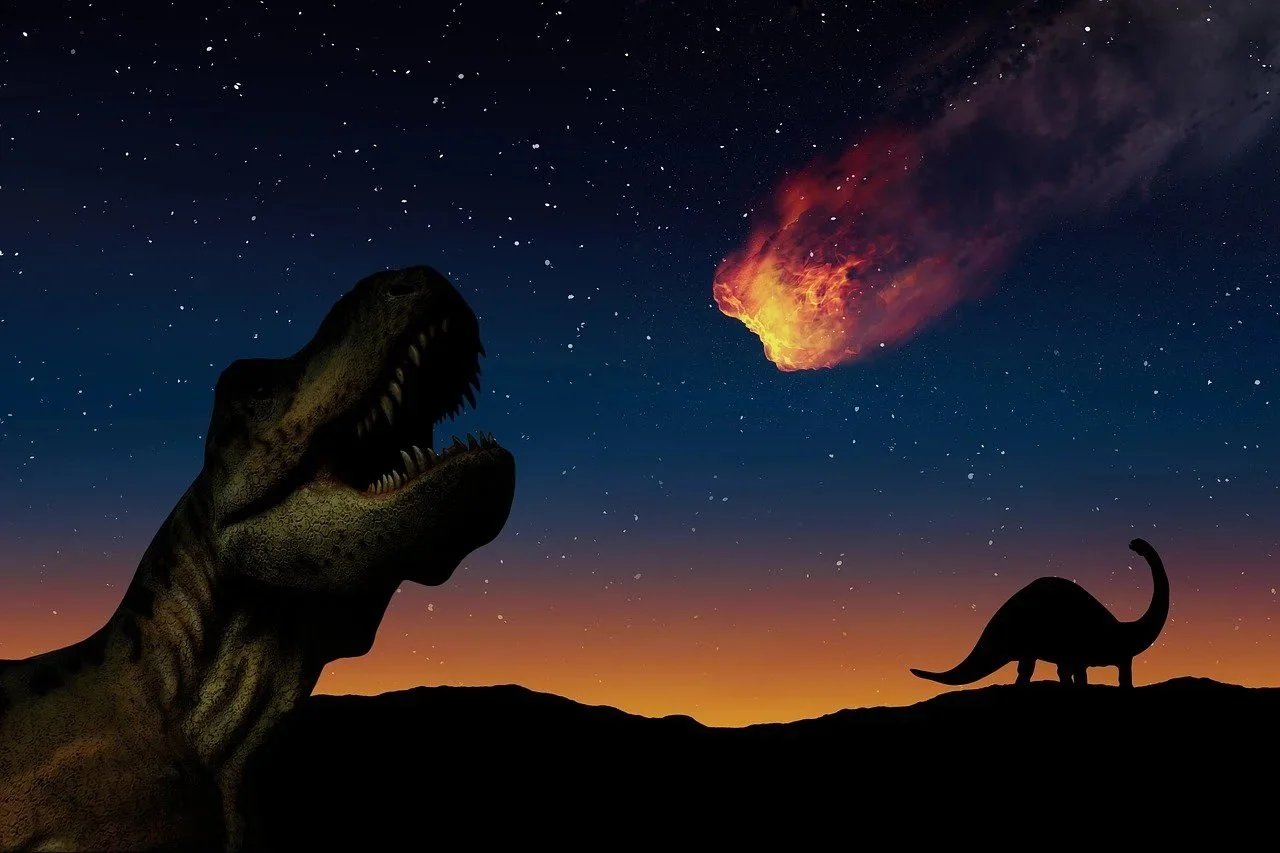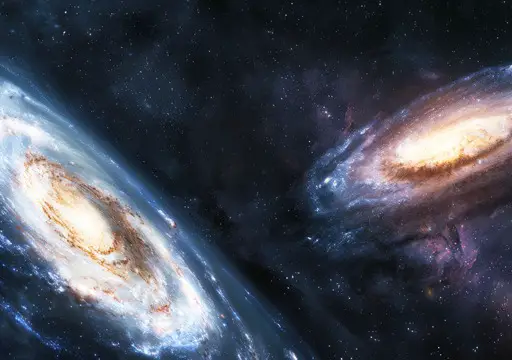Key Takeaways:
- Palomar 5, a star cluster with a long stellar stream, likely hosts over 100 stellar-mass black holes.
- Black holes in the cluster’s core could be propelling stars outward, creating the tidal stream.
- The Milky Way has about 150 globular clusters, some of which may contain hidden black holes.
- In a billion years, Palomar 5 may dissolve completely, leaving only black holes orbiting the galaxy.
- Studying Palomar 5 could help reveal how stellar streams form and provide insights into black hole populations.
____________
Palomar 5 has about 100 stellar-mass black holes, making up 20% of its total mass.
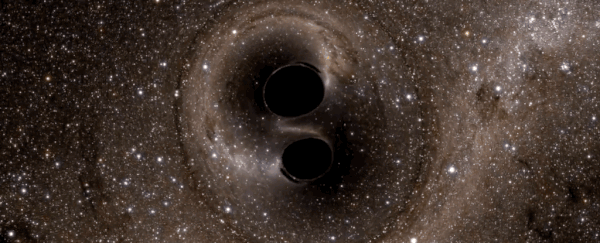
Astrophysicists have uncovered intriguing findings about the globular star cluster Palomar 5, located roughly 80,000 light-years from Earth. The cluster, which is stretched across a vast 30,000 light-year-long stellar stream, may harbor a significant population of stellar-mass black holes, potentially numbering over 100. This revelation, initially posited by astrophysicist Mark Gieles and his team at the University of Barcelona, emerged from simulations aiming to understand Palomar 5’s unusual shape and structure. Their findings indicate that these black holes may be responsible for both the cluster’s distinctive characteristics and its expanding tidal stream of stars.
Simulating Stellar Streams and Black Hole Populations
Globular clusters, ancient and dense spherical star groups, are considered “fossils” of the early Universe and provide insights into its history and evolution. However, some, like Palomar 5, possess tidal streams—long “rivers” of stars extending across vast areas of space. Astrophysicist Mark Gieles explained that Palomar 5’s association with its stellar stream makes it unique and essential for understanding how such streams form.
Using advanced N-body simulations, Gieles’ team modeled the potential presence of black holes within Palomar 5. These simulations recreated the orbits and interactions of each star within the cluster, as well as the gravitational influence of black holes, to trace the current configuration of stars. The results revealed that a population of black holes in the cluster’s core could be propelling stars outward, slowly transforming the cluster into a stellar stream. This process could explain Palomar 5’s expanded, diffuse distribution compared to other globular clusters.
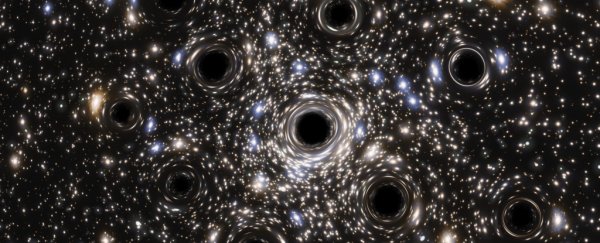
The Future of Palomar 5 and Implications for Other Clusters
The team’s analysis showed that Palomar 5 is likely to lose more of its stars over the next billion years, eventually leaving only its black holes in orbit around the Milky Way. This outcome suggests that other clusters could follow a similar path, leading to the formation of additional tidal streams across the galaxy. The findings imply that black holes in star clusters could play a key role in the creation of these stellar streams.
According to Gieles, black holes make up about 20% of Palomar 5’s total mass, with each black hole having approximately 20 times the mass of the Sun. These black holes were formed through supernovae when the cluster was still young. Astrophysicist Fabio Antonini of Cardiff University emphasized that black hole populations within star clusters are challenging to observe directly, as black holes are invisible to telescopes. Instead, studying the stars they eject, as demonstrated by the Palomar 5 model, can provide valuable insights into these hidden objects.
Ultimately, Palomar 5 may help clarify not only how black holes populate clusters but also how these black holes might merge over time, creating binary systems that could eventually collide. This unique star cluster offers a “Rosetta Stone” for understanding how streams form and could inform searches for black holes, including elusive mid-sized black holes, which lie between the stellar-mass and supermassive categories.

